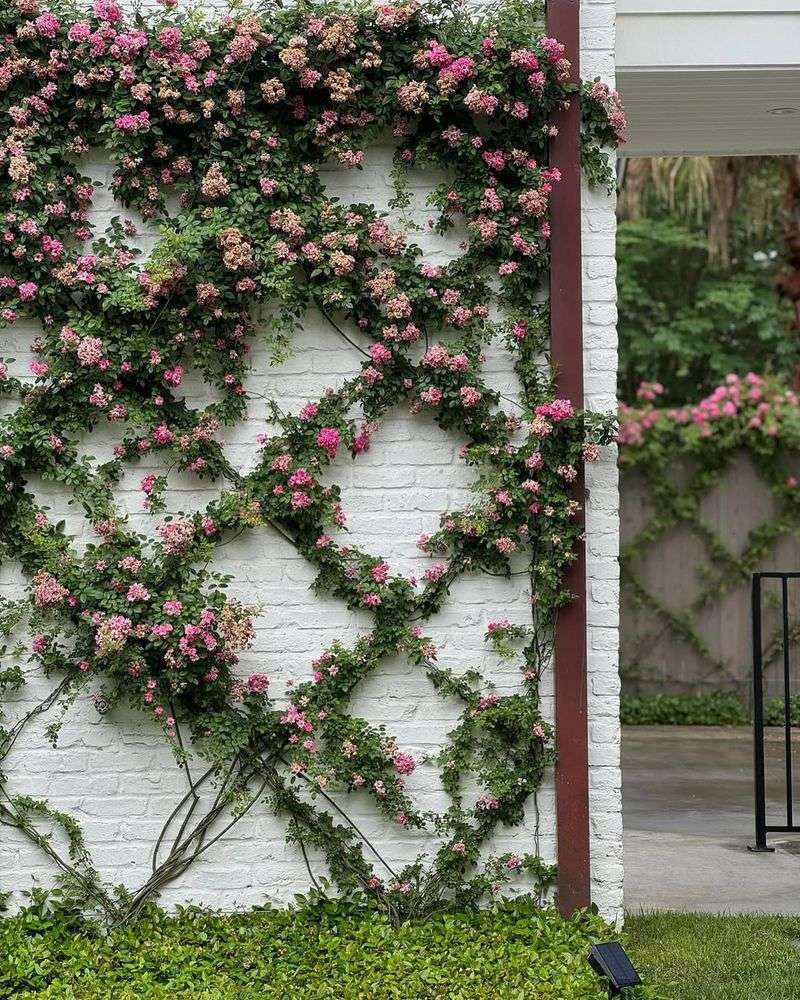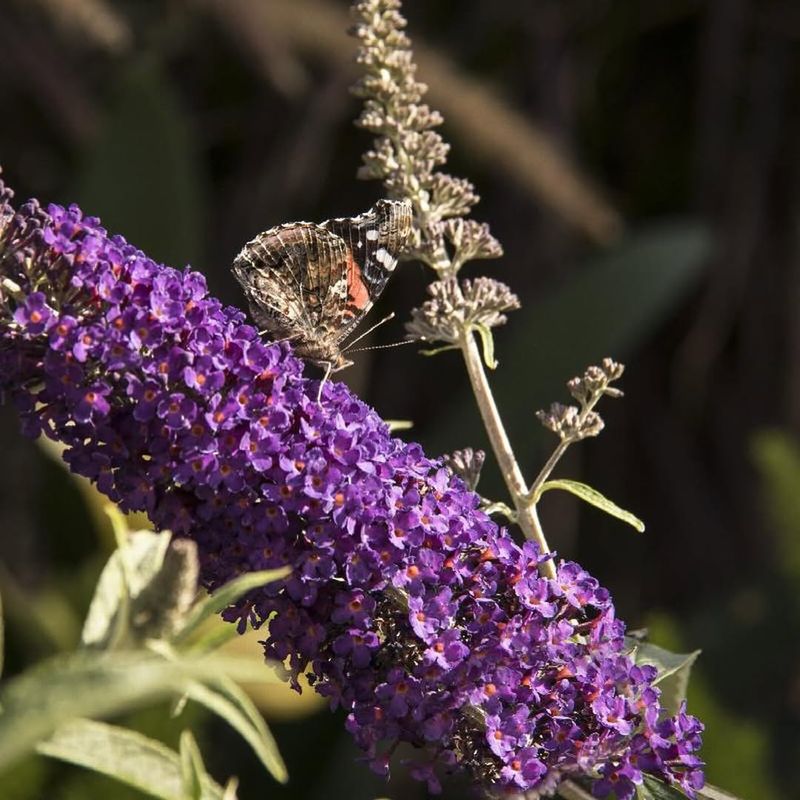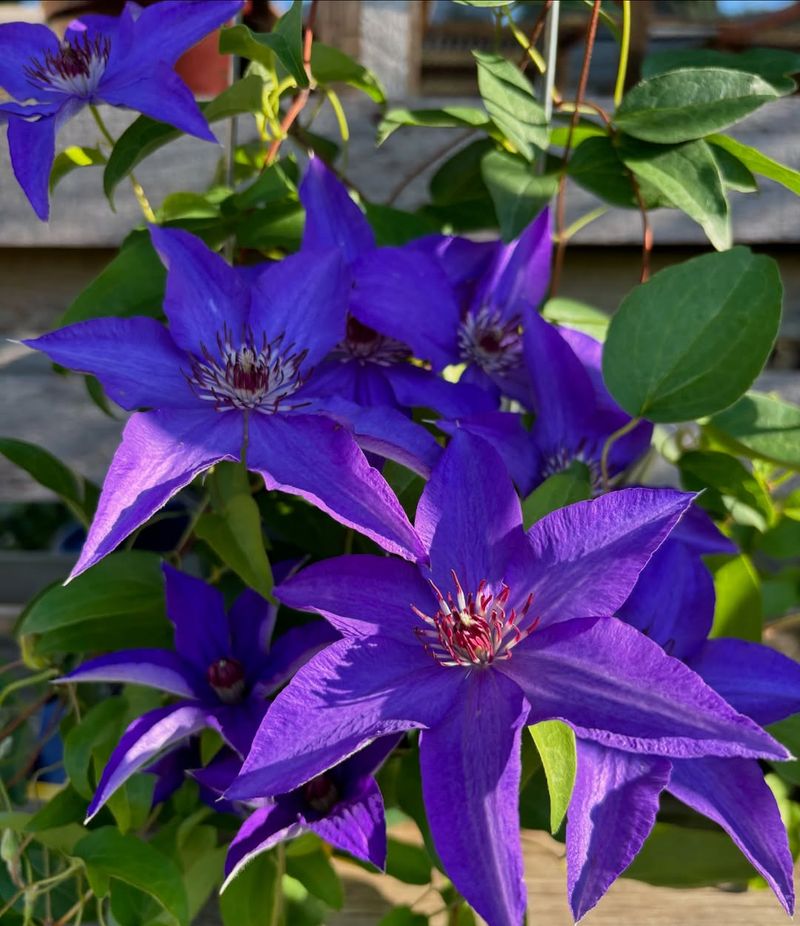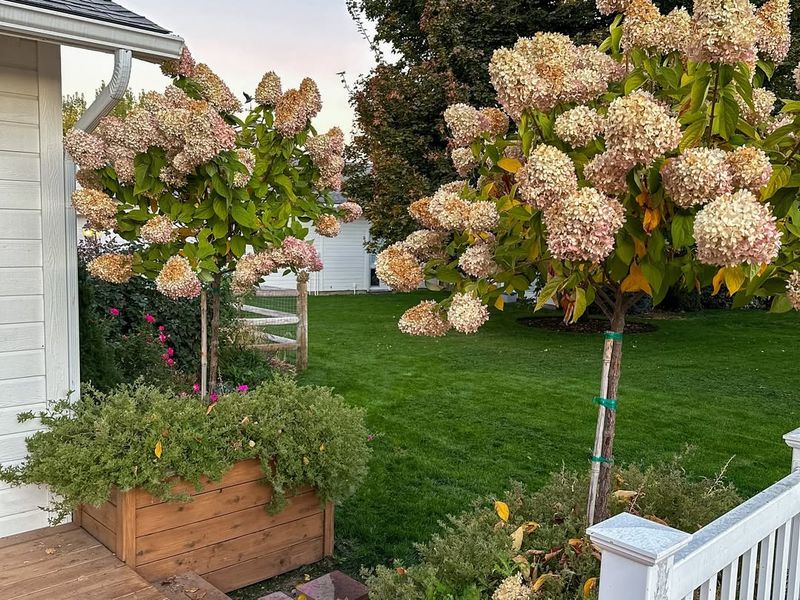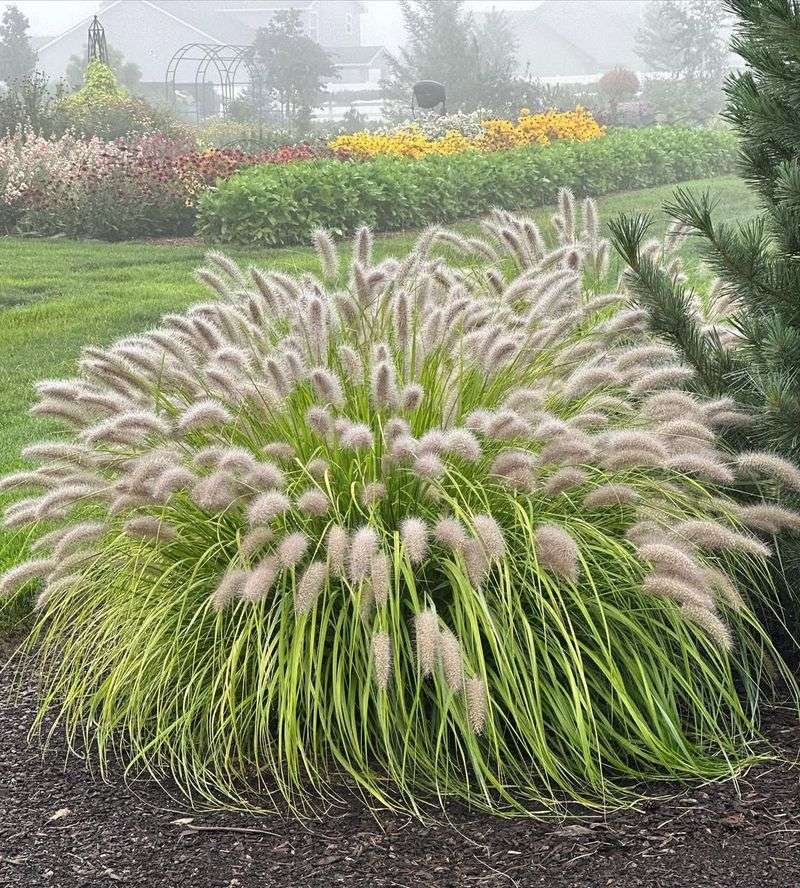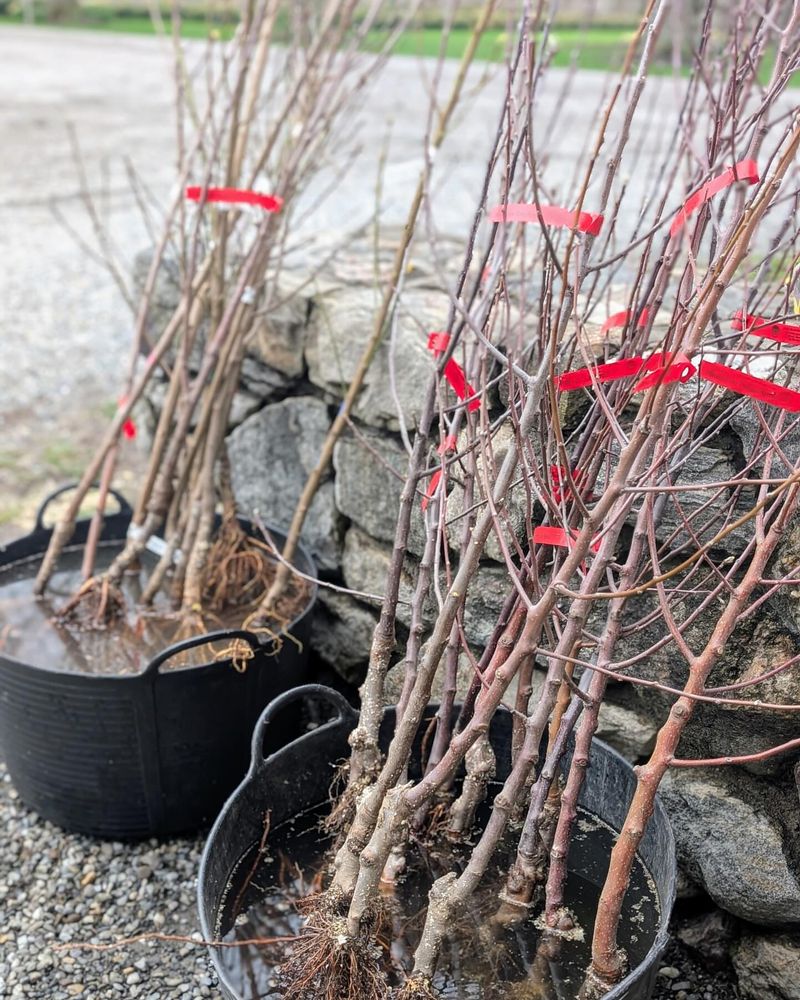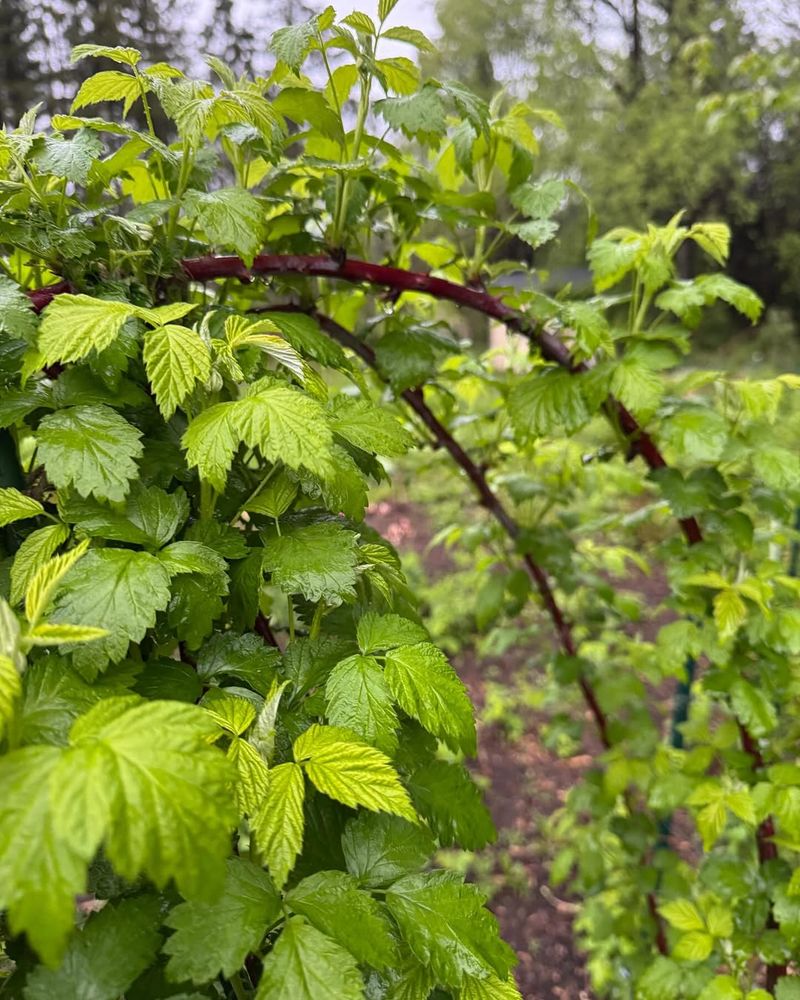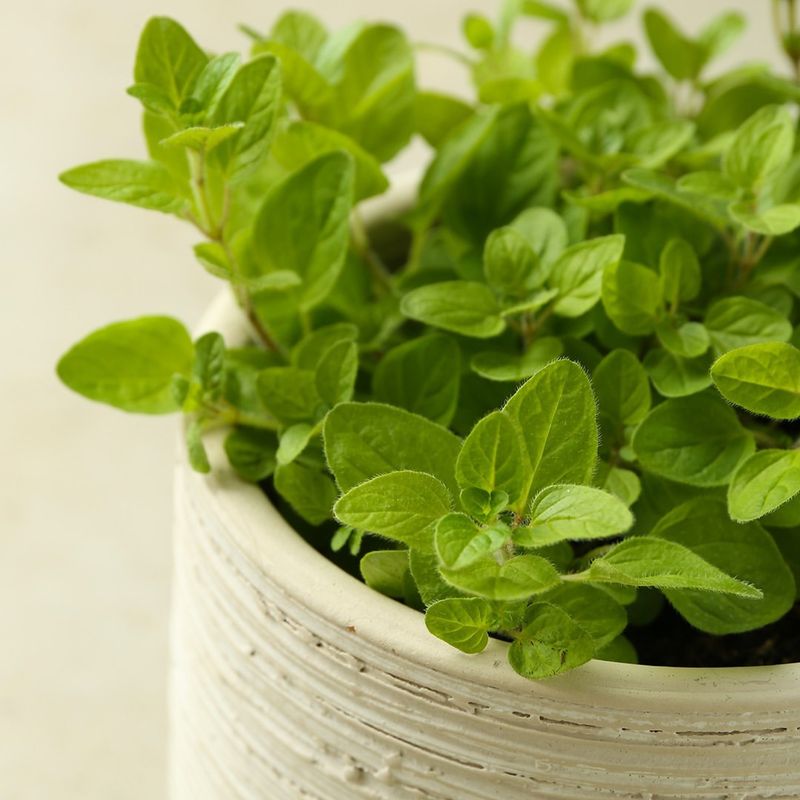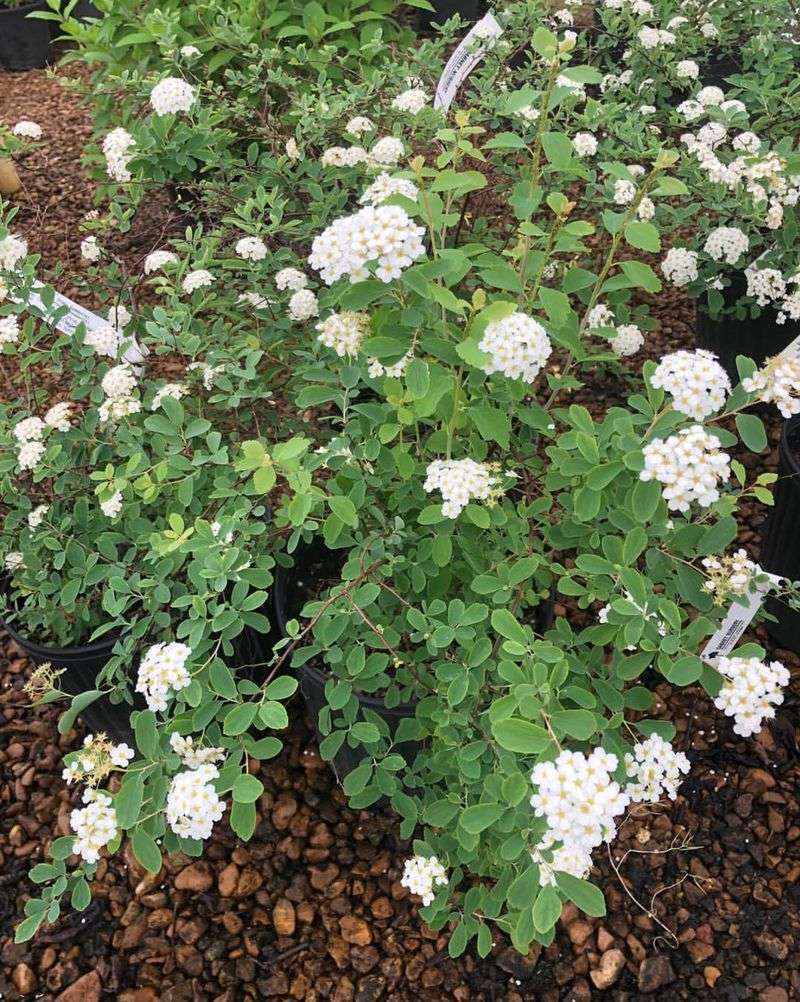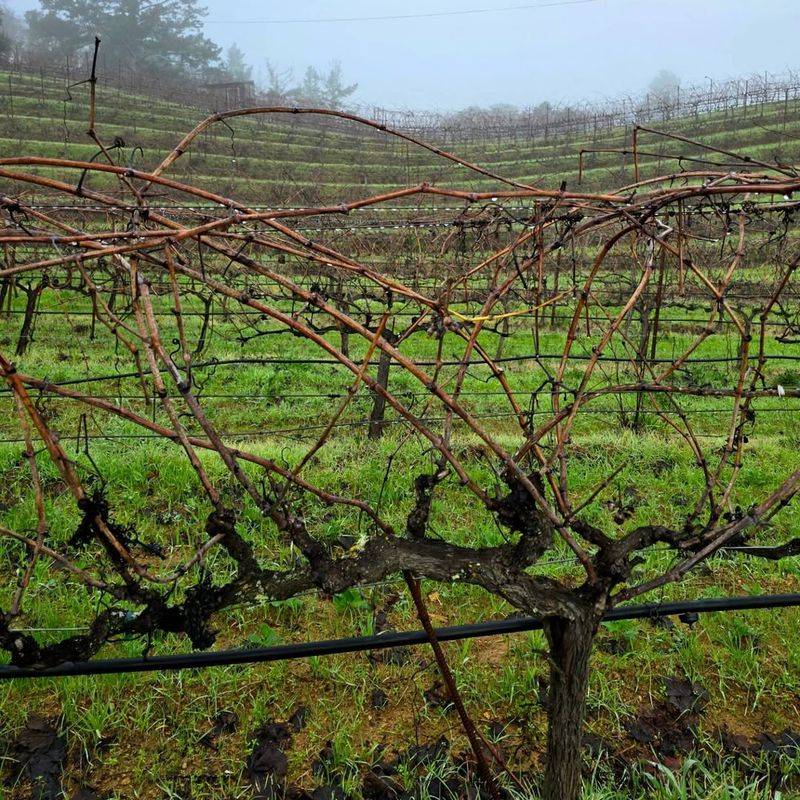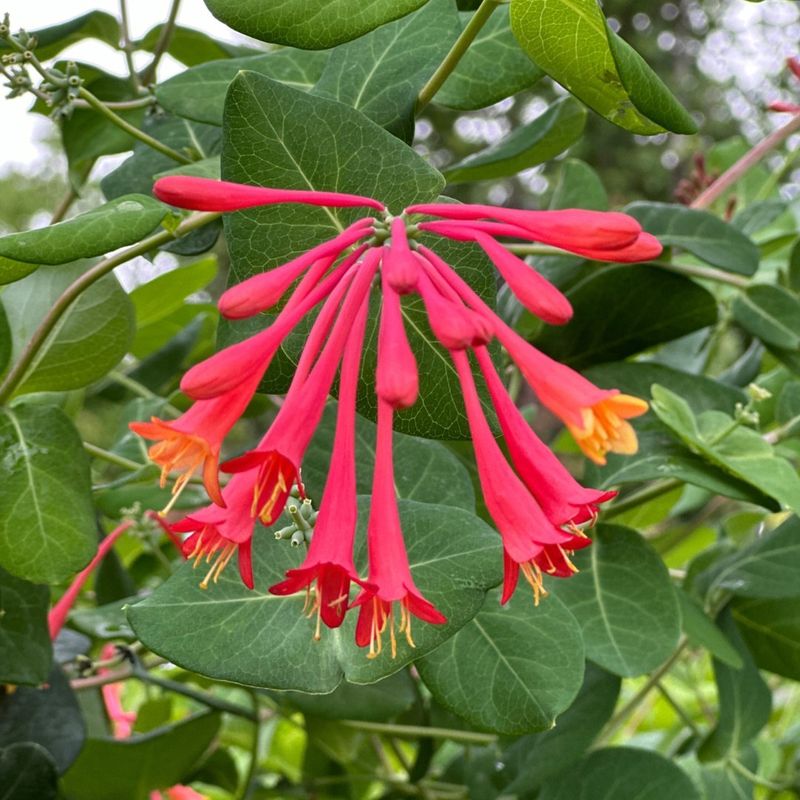Illinois gardens slow down in November, but the work doesn’t exactly stop. Cooler air, shorter days, and plants shifting into dormancy create the perfect moment to shape and refine the landscape. A careful trim now can encourage stronger growth, fuller blooms, and a healthier garden once spring rolls back around.
The timing is friendly: no blazing heat, no mosquito cloud, no rush. A handful of familiar plants stand out as ideal candidates for a seasonal touch-up. Smart November cuts can set the stage for next year’s best display.
1. Roses
When frost has knocked back your rose bushes in Illinois, it’s time to give them a proper haircut. Cut back long canes to about two feet tall, removing any dead or diseased wood you spot along the way.
Don’t worry about being too precise right now. You’ll do a more detailed pruning come spring when new growth appears.
Removing excess growth now protects your roses from winter wind damage and makes them easier to mulch for cold protection.
2. Butterfly Bush
Butterfly bushes grow like crazy during summer, often reaching impressive heights that can snap under heavy snow. Cutting them back to about twelve inches from the ground keeps them manageable through winter.
Some gardeners wait until spring, but November pruning works perfectly fine in Illinois. The plant will bounce back vigorously when warm weather returns.
Remove all those spent flower spikes while you’re at it to tidy up your garden beds.
3. Clematis
Not all clematis varieties need November pruning in Illinois, but late-blooming types definitely do. Group 3 clematis, which flower on new growth, should be cut down to about two feet high.
Check your variety before making cuts, since early bloomers need different treatment. If you’re unsure, wait and watch where flowers appear next summer.
Pruning now prevents tangled messes and encourages abundant blooms on fresh stems next season.
4. Hydrangeas
Hydrangea pruning can be tricky because different types have different rules. Smooth hydrangeas and panicle hydrangeas handle November trimming beautifully, blooming on new wood produced in spring.
Bigleaf and oakleaf varieties should mostly be left alone until spring since they flower on old wood. Remove only dead branches now.
When in doubt, light pruning is safer than aggressive cutting for keeping next summer’s flowers intact.
5. Ornamental Grasses
Those beautiful plumes that danced in autumn breezes can now be cut down before winter sets in hard. Tie the grass blades together with string first, then cut the whole bundle about four inches above ground level.
This keeps your garden looking neat and prevents the grass from becoming a soggy, matted mess. Some folks leave grasses standing for winter interest and wildlife shelter.
Either approach works fine in Illinois gardens.
6. Fruit Trees
Apple, pear, and other fruit trees enter dormancy in November, making it an ideal pruning window. Focus on removing dead, damaged, or crossing branches that could cause problems.
Save major shaping work for late winter in Illinois when you can see the tree’s structure more clearly. November pruning reduces disease pressure and gets a head start on maintenance.
Always use clean, sharp tools to make smooth cuts that heal properly.
7. Raspberry Canes
After raspberry harvest ends, old canes that produced fruit this year should be removed completely. Cut them right down to ground level, leaving the newer green canes that sprouted this season.
Those fresh canes will produce next year’s berries, so protect them carefully. If you grow fall-bearing raspberries, you can mow everything down now.
Removing spent canes improves air circulation and reduces pest problems for the coming year.
8. Perennial Herbs
Hardy herbs like oregano, thyme, and sage appreciate a November trim before winter arrives in Illinois in full force. Cut back the stems by about one-third, removing any dead or woody growth.
Don’t prune them down to nothing, though. Leave enough foliage to protect the crown from harsh cold.
Tender herbs like basil will already be gone, but your perennial favorites will return stronger after a proper fall pruning and some mulch protection.
9. Sedum
Those gorgeous sedum flower heads turn rusty bronze in fall, and many Illinois gardeners leave them standing for winter beauty. If you prefer a cleaner look, November is fine for cutting them back.
Trim the stems down to about two inches above the soil line. New growth will emerge from the base come spring.
Either leave them or cut them—sedum is incredibly forgiving and will thrive regardless of your choice this time of year.
10. Deciduous Shrubs
Once leaves have dropped, many deciduous shrubs can handle pruning without stressing the plant. Spirea, weigela, and potentilla all respond well to November trimming in Illinois.
Remove about one-third of the oldest stems at ground level to encourage fresh growth. Avoid spring-flowering shrubs like lilacs and forsythia, which need their buds intact.
Shape the shrub lightly if needed, but save major reshaping work for late winter or early spring.
11. Grape Vines
Grape vines benefit enormously from dormant-season pruning, and November works well in Illinois once leaves have fallen. Remove excess growth, keeping only the strongest canes for next year’s fruit production.
Proper pruning might seem drastic—you’ll cut away about 90 percent of last year’s growth. That’s completely normal and necessary for healthy vines.
Good pruning concentrates the plant’s energy into fewer, more productive shoots that produce better quality grapes.
12. Honeysuckle Vines
Honeysuckle vines can quickly become wild and tangled if left unchecked, so November offers a good opportunity to regain control. Cut back excessive growth and remove any dead or damaged stems you find.
Don’t be afraid to prune aggressively—honeysuckle grows vigorously and will fill back in beautifully. Shape the vine to keep it within its intended space.
Regular pruning keeps honeysuckle flowering well and prevents it from becoming an unmanageable mess in your Illinois garden.


